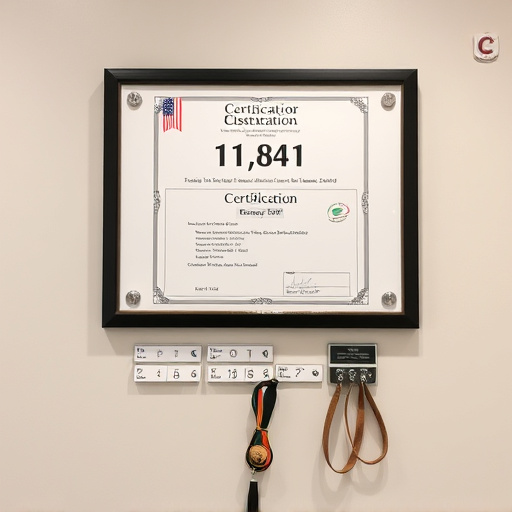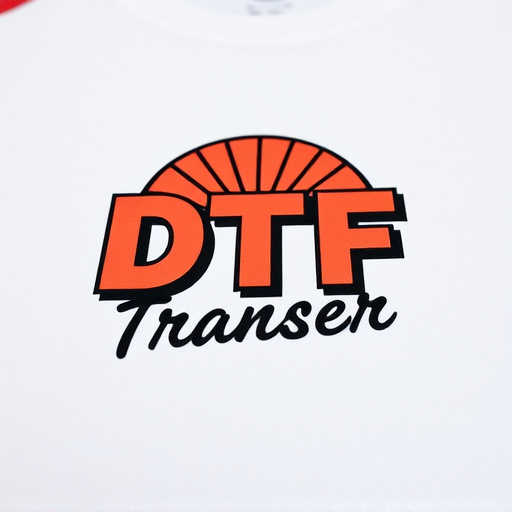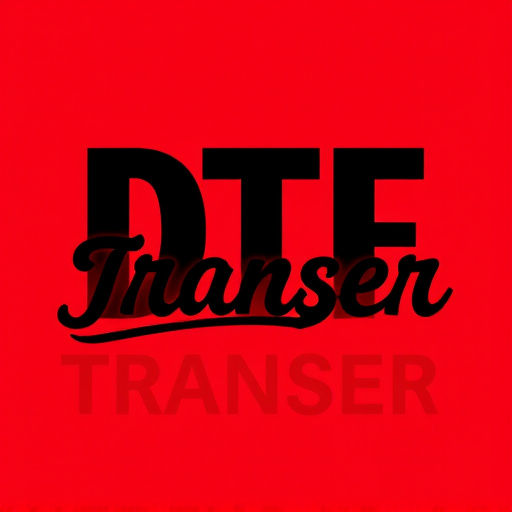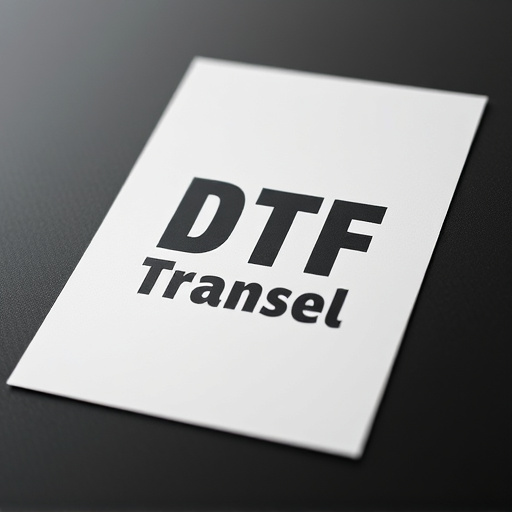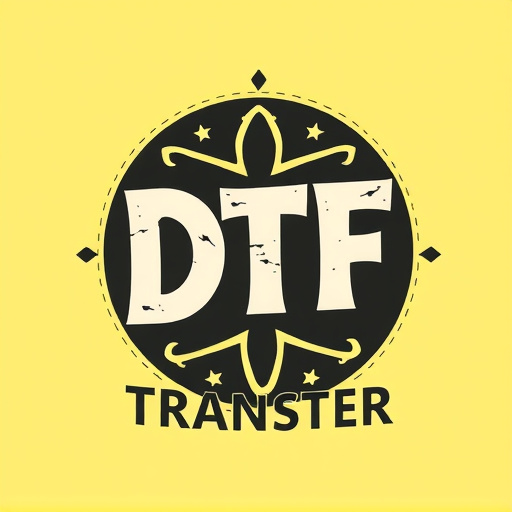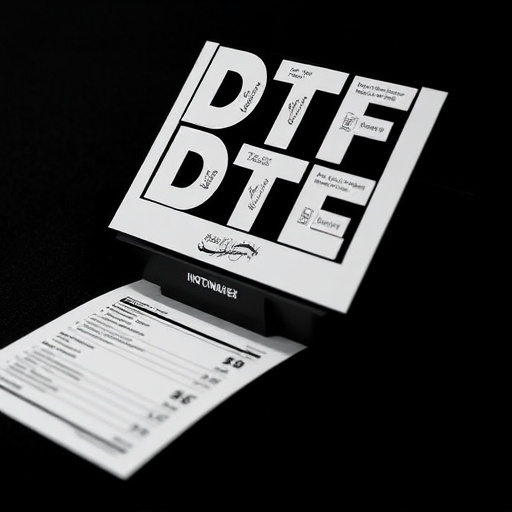Direct-to-Film (DTF) production is a cutting-edge method transforming commercial visual content creation by offering unparalleled control over image quality, color accuracy, and efficient workflows. By bypassing traditional intermediate steps, DTF ensures minimal quality loss and captivates audiences with stunning imagery. This process involves close collaboration, advanced equipment, and digital post-processing to preserve the director's artistic vision while streamlining production and delivering exceptional results, as evidenced by successful global campaigns and emerging trends like AI and VR/AR integration.
In an era dominated by digital media, direct-to-film (DTF) transfer production offers a unique and powerful alternative for commercial clients. This article delves into the world of DTF, exploring its benefits, comprehensive process, and cutting-edge techniques. From understanding the fundamentals to examining successful case studies, we uncover why DTF is a game-changer for businesses seeking high-quality, immersive content. Discover the future trends shaping this dynamic industry, as we navigate the tapestry of modern commercial production.
- Understanding Direct-to-Film (DTF) Production: A Comprehensive Overview
- Benefits of Choosing DTF for Commercial Clients
- The Process: From Concept to Screen
- Techniques and Technologies Used in DTF Transfer
- Case Studies: Successful DTF Projects in the Commercial Sector
- Best Practices and Future Trends in Direct-to-Film Production
Understanding Direct-to-Film (DTF) Production: A Comprehensive Overview

Direct-to-Film (DTF) production is a cutting-edge method that revolutionizes the way visual content is created and delivered for commercial audiences. This innovative process bypasses traditional intermediate steps, allowing for seamless transfer of footage directly from source to screen or print media. DTF offers unparalleled control over image quality, color accuracy, and final output, making it an attractive option for various industries, including advertising, entertainment, and brand marketing.
At its core, DTF production involves utilizing advanced technology to capture and process high-resolution digital data directly from the original film negative or positive. This data is then meticulously enhanced, graded, and prepared for the intended medium, be it cinema screens, television broadcasts, or high-resolution printing. By eliminating the need for intermediate formats like video tapes or digital intermediates, DTF ensures a more efficient workflow with reduced potential for quality loss, making it an ideal choice for commercial clients seeking exceptional visual results.
Benefits of Choosing DTF for Commercial Clients
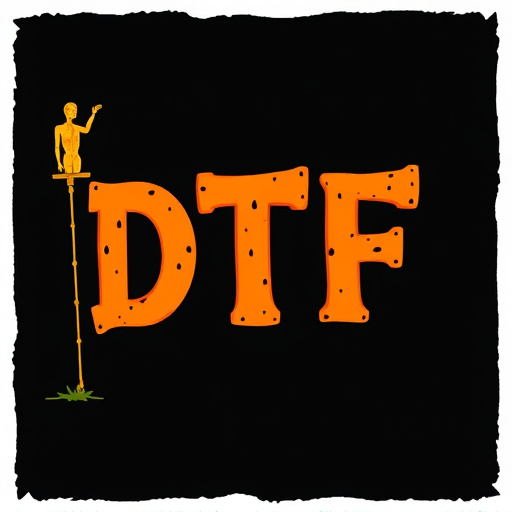
Choosing Direct-to-Film (DTF) transfer production for commercial projects offers a plethora of advantages that set it apart from traditional methods. One of the key benefits is the unparalleled quality it delivers. DTF ensures an exceptional visual experience by capturing and preserving every intricate detail, color, and texture of the original content, resulting in stunning imagery that captivates audiences. This high-fidelity approach is especially valuable for commercials aiming to make a significant impact and leave a lasting impression.
Additionally, DTF streamlines the production process, making it an efficient solution for commercial clients with tight deadlines. By eliminating the need for lengthy post-production processes, DTF allows for faster turnaround times without compromising quality. This efficiency is crucial in the fast-paced world of advertising, where timely delivery is essential to stay ahead of competitors and maximize campaign effectiveness.
The Process: From Concept to Screen
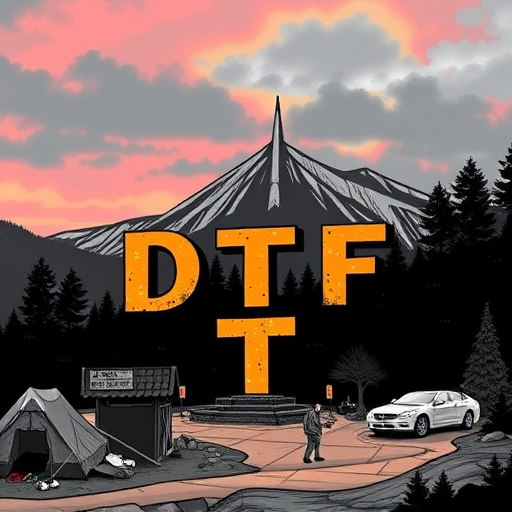
The direct-to-film (DTF) transfer production process for commercial clients is an art that transforms creative concepts into captivating visuals on the big screen. It begins with a deep understanding of the client’s vision, where our experts collaborate closely to interpret and translate ideas into a visually stunning final product. This involves meticulous planning and pre-production stages, including storyboarding and script analysis, to ensure every frame aligns perfectly with the initial concept.
As production kicks off, high-quality cameras capture raw footage, meticulously recording every detail. On-set technicians utilize advanced equipment and techniques to optimize picture quality, ensuring a seamless transition from concept to screen. The footage is then carefully processed through specialized software, enabling our artists to fine-tune colors, enhance details, and apply creative effects, thereby bringing the story to life with remarkable authenticity and visual allure.
Techniques and Technologies Used in DTF Transfer
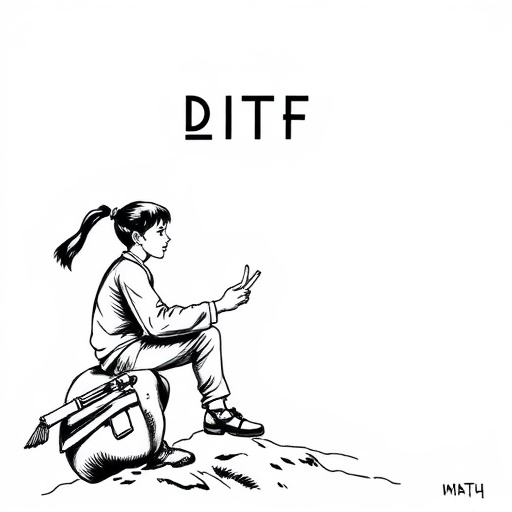
Direct-to-film (DTF) transfer production involves a range of advanced techniques and technologies to ensure high-quality results. This cutting-edge method captures footage in its raw, unaltered form directly onto film stock, preserving the director’s artistic vision without digital intervention. The process begins with precise camera settings and specialized equipment designed to handle the physical properties of film, including grain structure and dynamic range.
Modern DTF workflows often incorporate hybrid approaches, combining traditional film photography with digital post-processing techniques. High-resolution digital cameras capture each frame, which is then meticulously scanned at specific intervals to create a negative or positive print. Digital retouching tools allow for subtle color corrections and enhancements while maintaining the film’s unique character. This blend of analog and digital precision results in stunning visuals that captivate audiences and deliver an authentic cinematic experience for commercial clients.
Case Studies: Successful DTF Projects in the Commercial Sector

In the competitive landscape of commercial advertising, direct-to-film (DTF) transfer production has emerged as a game-changer. Case studies demonstrate that DTF projects are not only feasible but also offer significant advantages in terms of quality and efficiency. For instance, a leading consumer goods brand utilized DTF to produce high-resolution video content for their global marketing campaign. The result was a visually stunning narrative that resonated with audiences worldwide, showcasing the product’s versatility and appeal.
Another successful story involves an entertainment company that relied on DTF to create immersive, photo-realistic environments for a series of online commercials. By leveraging cutting-edge technology, the team achieved a level of realism that would have been difficult and costly to attain through traditional methods. These projects highlight how DTF can enhance brand storytelling, captivate viewers, and drive campaign success in the commercial sector.
Best Practices and Future Trends in Direct-to-Film Production
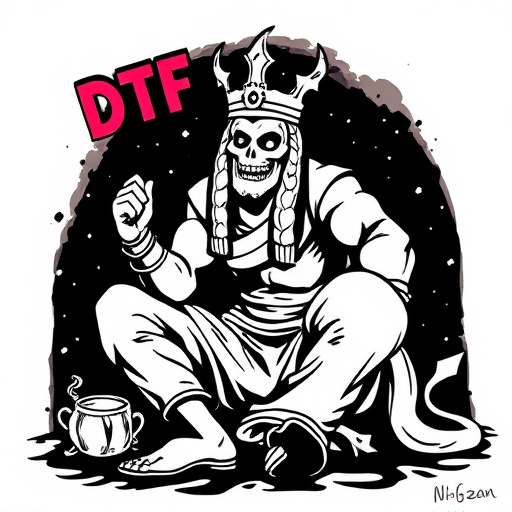
Direct-to-film (DTF) production, a cutting-edge approach in commercial filmmaking, is transforming the way brands tell their stories. To ensure top-quality results and stay ahead of the curve, several best practices have emerged. Firstly, pre-production planning is paramount. Thorough scriptwriting, detailed location scouting, and casting choices that resonate with the brand’s identity are non-negotiable. Additionally, leveraging advanced technologies like high-resolution cameras and stable gimbals enhances visual fidelity.
Looking ahead, future trends in DTF production promise even more innovation. Artificial intelligence (AI) and machine learning algorithms could streamline editing processes, while virtual reality (VR) and augmented reality (AR) techniques may open up new dimensions for immersive storytelling. As the industry evolves, seamless integration of these technologies will be key to creating captivating content that resonates with audiences in today’s digital landscape.
